I am currently working on understanding and implementing the Marching Cubes algorithm using C++ by rendering a sample data set in OpenGL.
I have been encountering an issue where the mesh that I render is missing triangles. I am seeing almost half of the triangles missing which can be seen below.
Would filling in the triangles and creating quads be the right approach to take to solve the issue, or am I missing something obvious?
The edge intersection table I have used is from the following link: http://paulbourke.net/geometry/polygonise/
Instead of using an edge flag array of 12 bit entries I have 12 if statements (2 of which are shown). I use the index into the 3D array to determine the values of x, y, z based on the edge values (0-11)
if ((edge.point1 == 0 && edge.point2 == 1) ||
(edge.point1 == 1 && edge.point2 == 0))
{
p1.x = x; p1.y = y; p1.z = z;
p2.x = x+1; p2.y = y; p2.z = z;
}
else if ((edge.point1 == 1 && edge.point2 == 2) ||
(edge.point1 == 2 && edge.point2 == 1))
{
p1.x = x+1; p1.y = y; p1.z = z;
p2.x = x+1; p2.y = y+1; p2.z = z;
}
Also, the interpolation function is below.
point interpolate(point p1, point p2, unsigned char isovalue)
{
point p;
unsigned char d1 = getDataValue(p1.x, p1.y, p1.z);
unsigned char d2 = getDataValue(p2.x, p2.y, p2.z);
if (abs(double(isovalue)-double(d1)) == 0)
return(p1);
if (abs(double(isovalue)-double(d2)) == 0)
return(p2);
if (abs(double(d1)-double(d2)) == 0)
return(p1);
double val = double(isovalue - d1) / double(d2 - d1);
p.x = p1.x + val * (p2.x - p1.x);
p.y = p1.y + val * (p2.y - p1.y);
p.z = p1.z + val * (p2.z - p1.z);
return p;
}


UPDATE:
After finding an example I modified my code and was able to render all triangles. Now, I see an issue where when I rotate my object the object begins to invert the z axis and shows the object inside out.
Why would the object begin to invert the z values during rotation?
